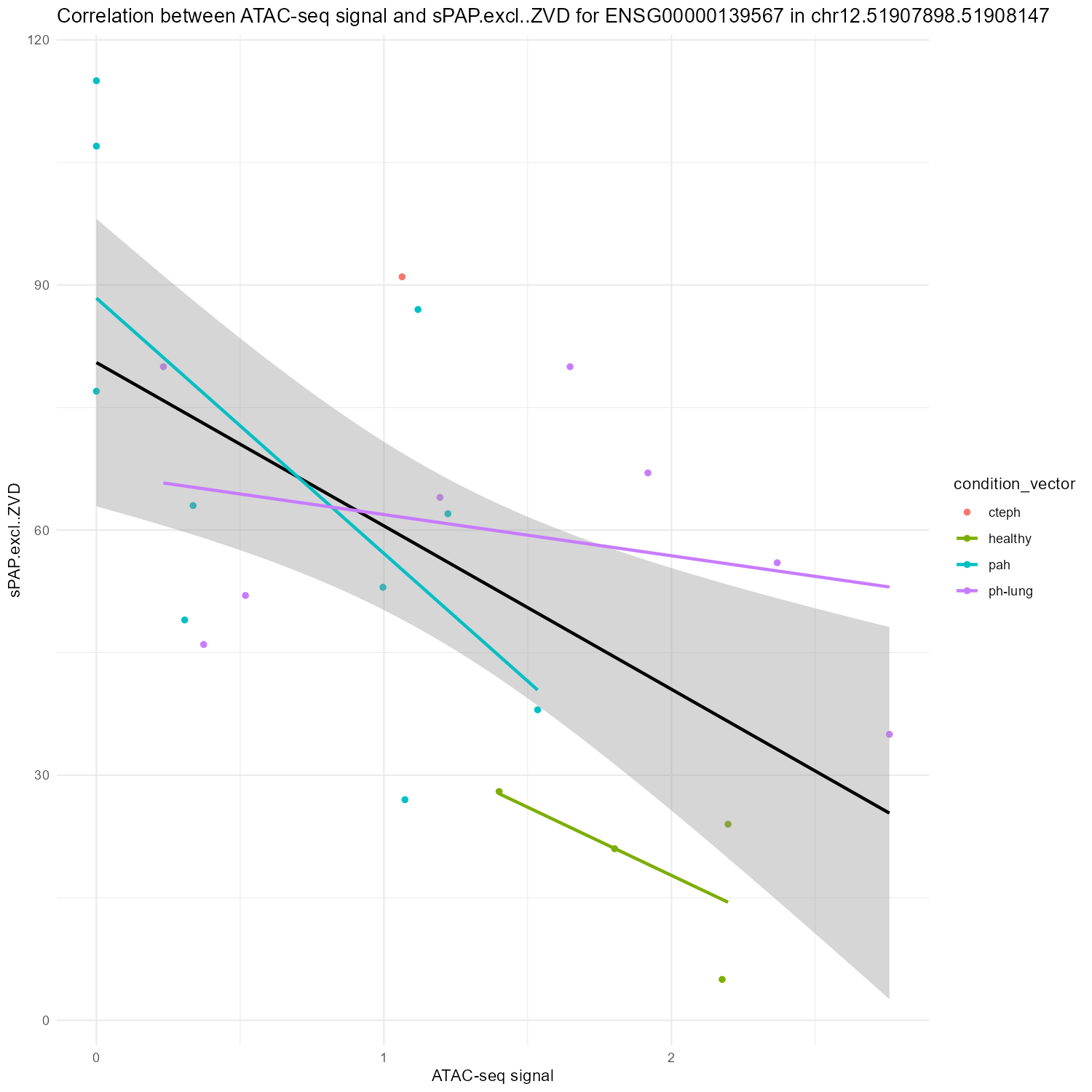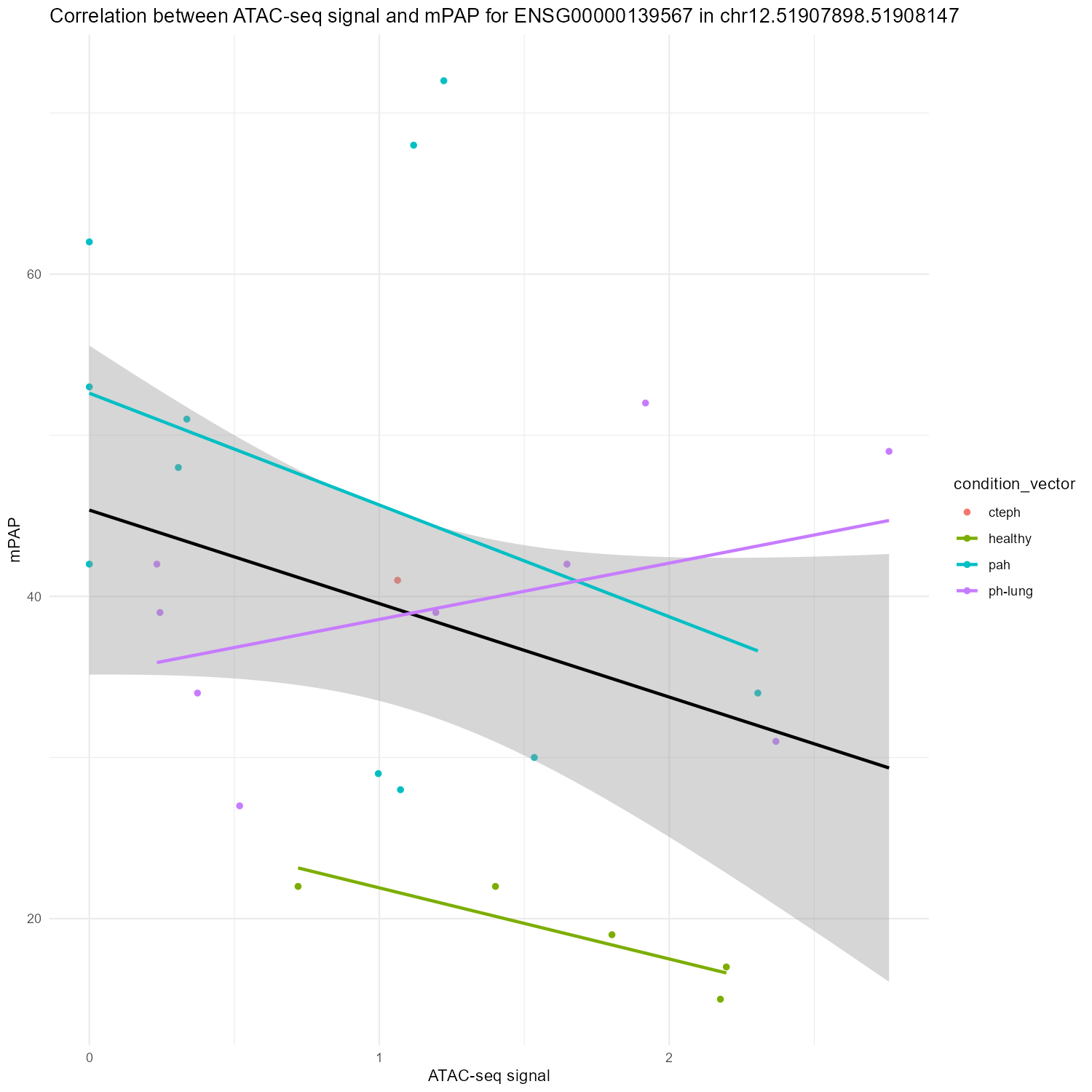Plots
sPAP

mPAP

Info
Genetic mutations, particularly in the ACVRL1 gene, have been implicated in the pathogenesis of PAH. ACVRL1, also known as activin receptor-like kinase 1 (ALK1), is crucial for vascular development and function.
NCBI Gene Summary for ACVRL1 Gene
- This gene encodes a type I cell-surface receptor for the TGF-beta superfamily of ligands. It shares with other type I receptors a high degree of similarity in serine-threonine kinase subdomains, a glycine- and serine-rich region (called the GS domain) preceding the kinase domain, and a short C-terminal tail. The encoded protein, sometimes termed ALK1, shares similar domain structures with other closely related ALK or activin receptor-like kinase proteins that form a subfamily of receptor serine/threonine kinases. Mutations in this gene are associated with hemorrhagic telangiectasia type 2, also known as Rendu-Osler-Weber syndrome 2. [provided by RefSeq, Jul 2008]
GeneCards Summary for ACVRL1 Gene
ACVRL1 (Activin A Receptor Like Type 1) is a Protein Coding gene. Diseases associated with ACVRL1 include Telangiectasia, Hereditary Hemorrhagic, Type 2 and Hereditary Hemorrhagic Telangiectasia. Among its related pathways are Akt Signaling and ALK1 signaling events. Gene Ontology (GO) annotations related to this gene include transferase activity, transferring phosphorus-containing groups and protein tyrosine kinase activity. An important paralog of this gene is ACVR1.
Interactive Graph